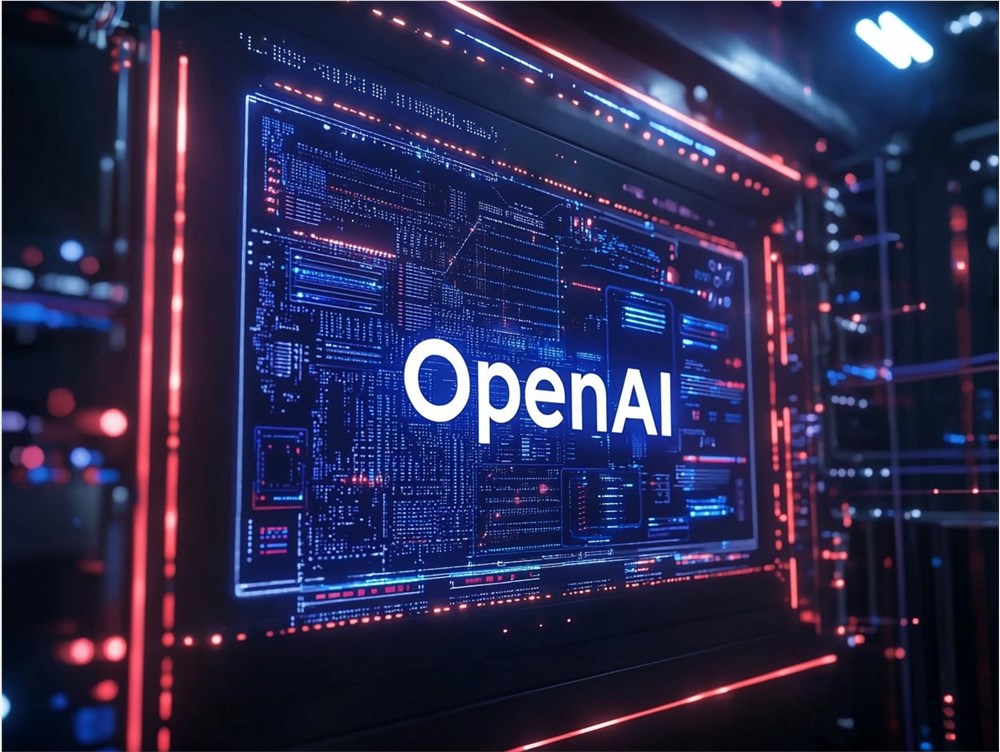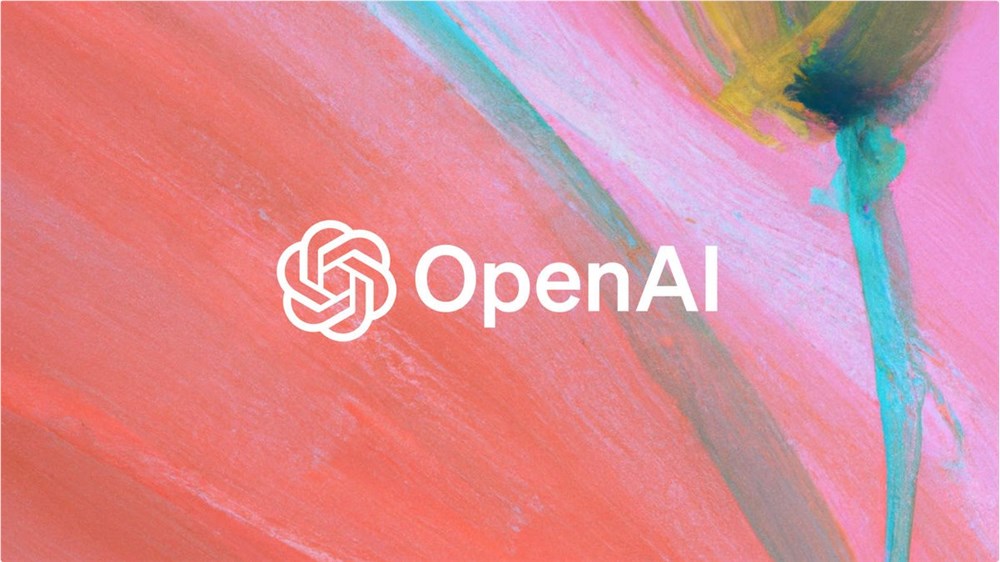Recently, OpenAI's GPT-5 achieved an astonishing breakthrough — it passed the Gödel Test for the first time and successfully solved three mathematical conjectures in the field of combinatorial optimization. This breakthrough not only surprised OpenAI's research scientists but also opened new doors for artificial intelligence in mathematical research.
In this study conducted jointly by the University of Haifa and Cisco, the research team designed five complex combinatorial optimization tasks. GPT-5, with its powerful logical reasoning ability, solved three of them consecutively. Sebastien Bubeck, a scientist at OpenAI, stated that such open-ended problems often require top PhD students to spend several days solving them, while GPT-5 provided innovative solutions in one go.

The research process was very interesting. Each mathematical conjecture was given only a brief description and 1 to 2 references, simulating the independent exploration typically required in mathematical research. GPT-5 generated complete proof processes with limited information, an ability that was unimaginable in previous AI models.
Among the three conjectures, the second one was particularly notable. GPT-5 not only solved the problem but also derived an effective solution that was completely different from what researchers had expected, overturning the original conjecture. This achievement marks a significant step forward for AI in the field of mathematics, transitioning from "learning mathematics" to "truly doing mathematics."

However, although GPT-5's performance is impressive, it still has certain shortcomings when facing complex reasoning tasks. In some problems that require integrating multiple reasoning paths, GPT-5 did not meet expectations. This indicates that although technology is advancing, AI still needs improvement in integrative reasoning.
GPT-5's breakthrough undoubtedly opens up new possibilities for future mathematical research and AI development, signaling a profound transformation in the research paradigm of the 2030s.
Paper link: https://arxiv.org/abs/2509.18383









